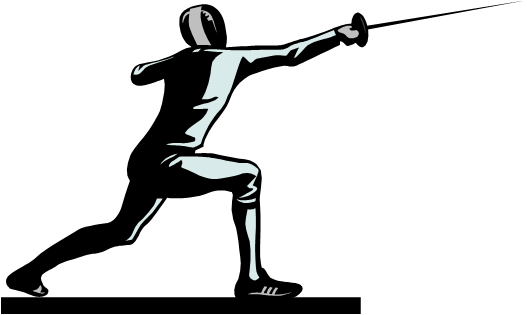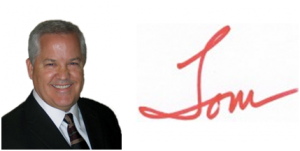
By its nature as a service, Competitive Intelligence is a requested activity. That is, a senior management sponsor asks a question about the competitive environment and the CI professional responds. Many experienced people will tell you to stick closely to your senior management sponsor. And that would be right. Nevertheless, there will come a time when you (as the CI professional) will have the professional confidence and organizational credibility to lead.
This is the time to go on the offense with competitive intelligence.
“Going on the offense” simply means that you will begin to proactively formulate activities, plans and recommendations that are congruent with everything that you have already done. Assuming that you have laid the foundation properly, you should have a sense of the opportunities and boundaries within the organization. More than that, you have established relationships that allow you to speculate about the effectiveness of company strategy. Multiple leaders will have noticed your contributions and it will not surprise them that you can do more.
There are three important ways to proceed.
Enlarge your mindset. This means that you should take ownership of the complete set of strategies of the company. Possibly this statement alarms you. It does not mean that you are replacing the existing management team or subverting their authority. Rather it means that you will begin to look at the whole of what the company is trying to accomplish. Therefore, when you see things that are not aligned or you notice that good responses to the competitive environment are lacking, you will assume that there is an action for the competitive intelligence function. Importantly, you will also have the opportunity and ability to deliver this type of message to multiple senior managers.
Expand your defense. Maybe this is counterintuitive. However, most managers think first of what they can learn about other companies or products. Next, they are concerned about more generic competitive environmental issues. What they often miss is how competitors learn about their own company. Indeed, it is this awareness that can lead to much more careful policies and procedures which appropriately limit and then monitor what is exposed. Further, for a sophisticated company, there might be clever ways to obfuscate information collected by competitors. In my experience, this type of discussion does not work well until your credibility and relationships are established.
Characterize your competition. This is a meta level of competitor analysis because you will be looking at and trying to understand the organizations that are watching your company. For example, which competitors maintain competitive intelligence functions that target your company? How effective are they? What are their weaknesses? These are critical, advanced questions that help you to prepare your leaders for their public functions (e.g., speeches, press releases). Few organizations start their CI activities with this task because it requires training and some subtlety to be effective. Industry relationships will be critical to do this characterization well.
You may think of other things to do to provide increased value to your company. Whatever you come up with, “go on the offense” to cement your significance and contributions.
Whew! We are almost done. One more thing to do and that is to help others understand and apply competitive intelligence better. That is the final topic in The Human Side of Competitive Intelligence series.
Next topic is “Evangelize The Mission”.
Here are the 15 steps that we are walking through. Which ones do you think are especially important?
The Human Side of Competitive Intelligence
- Find The Pain
- Get The Job
- Tease The Vision
- Frame The Foundation
- Setting Some Standards
- Introduce The Brand
- Accumulate The Tools
- Back To The Vision
- Secure The Budget
- Build The Presence
- Expand the Brand
- Go For the Value
- Recruit A Staff
- Go On The Offense
- Evangelize The Mission


no comment until now